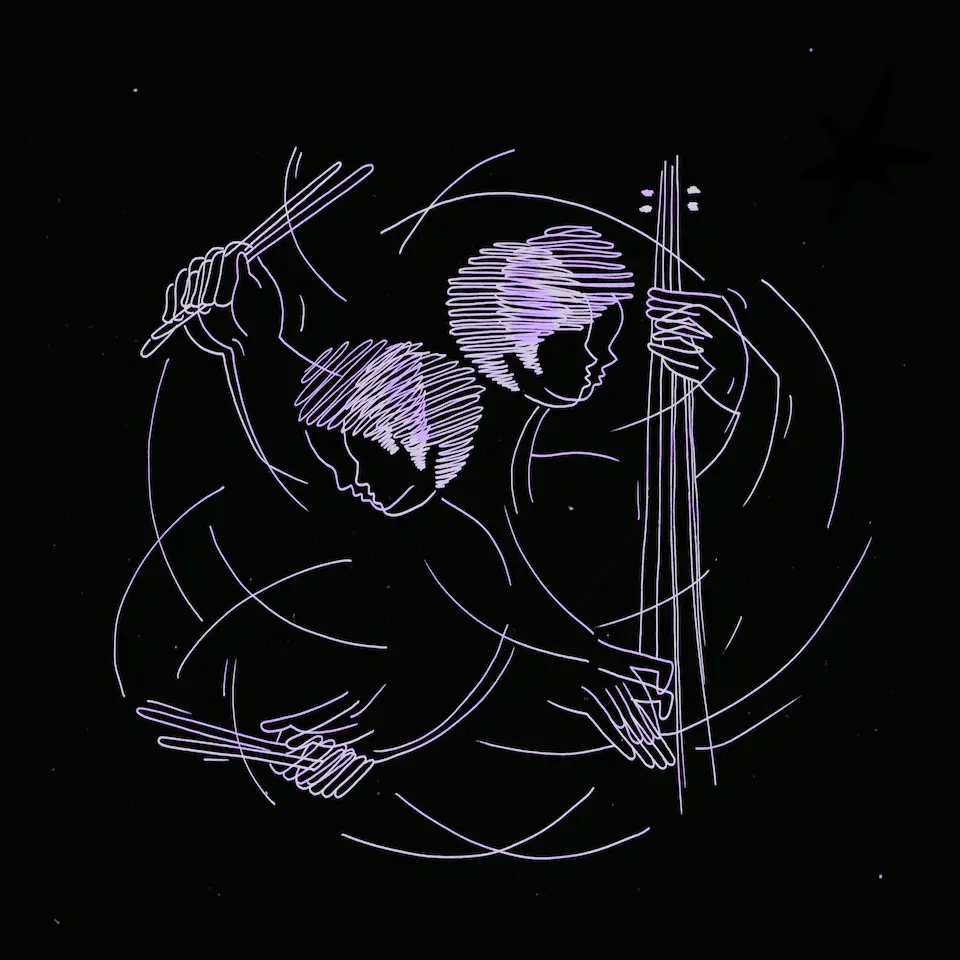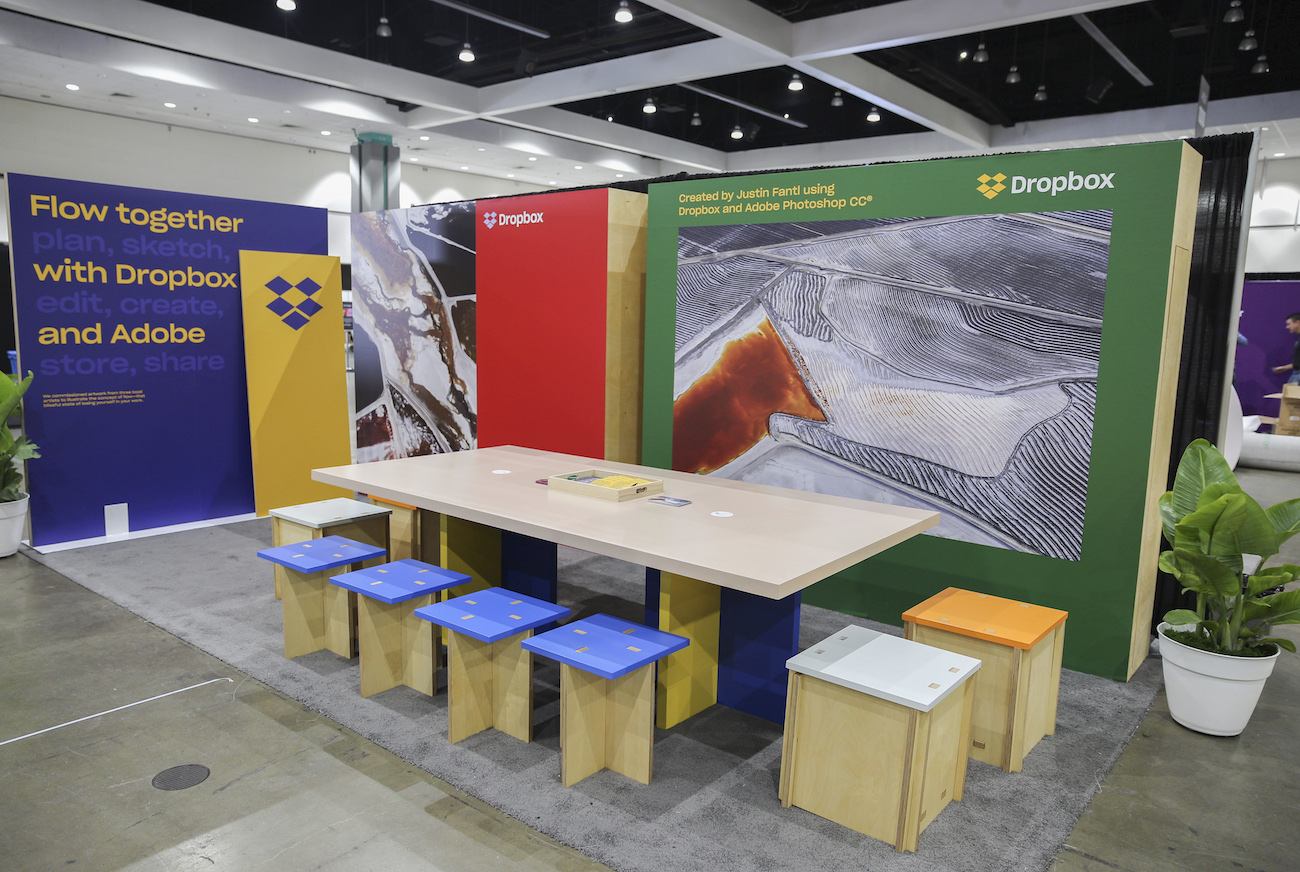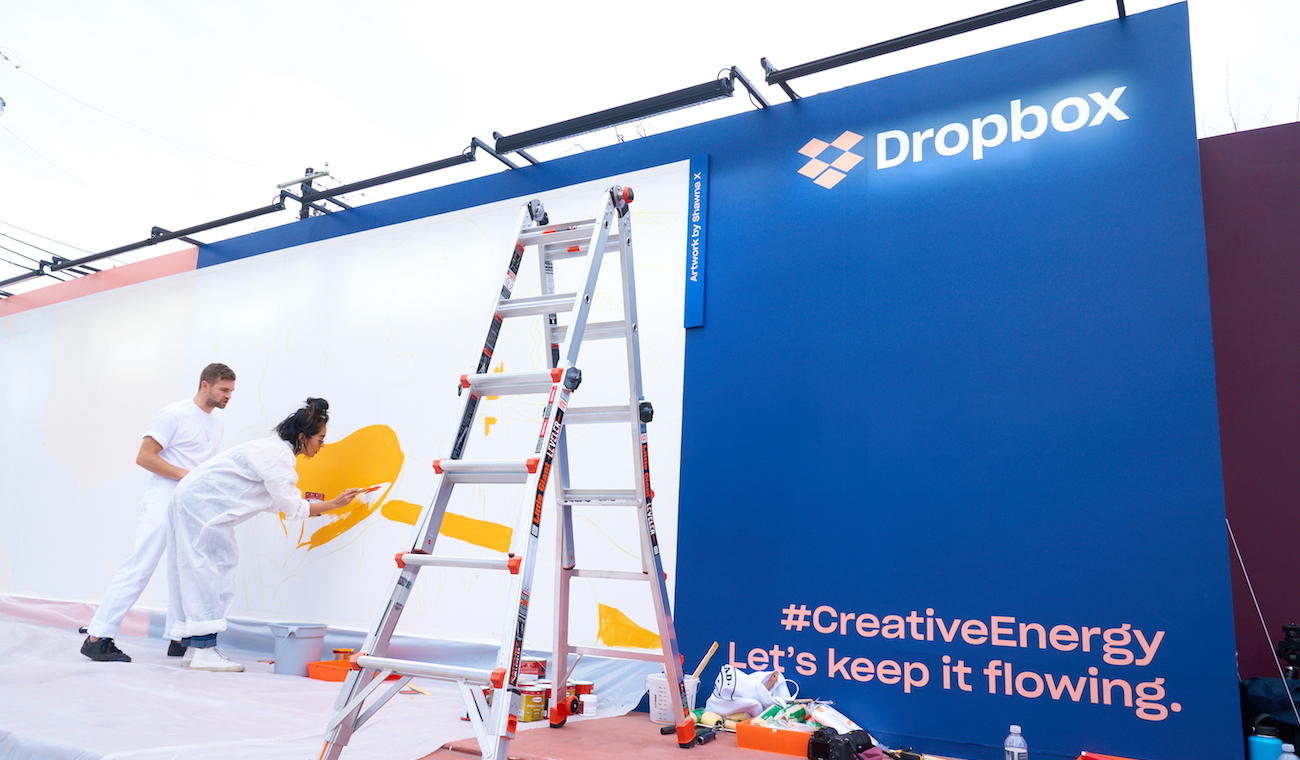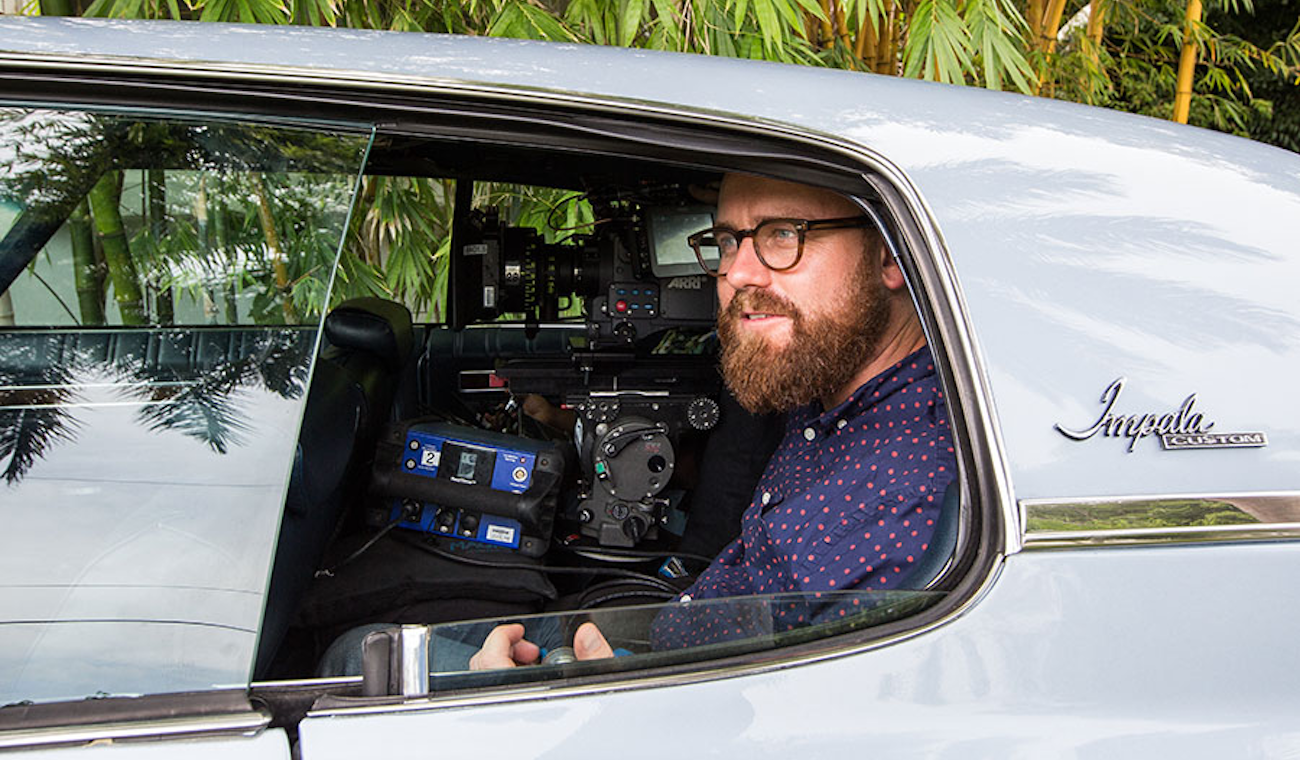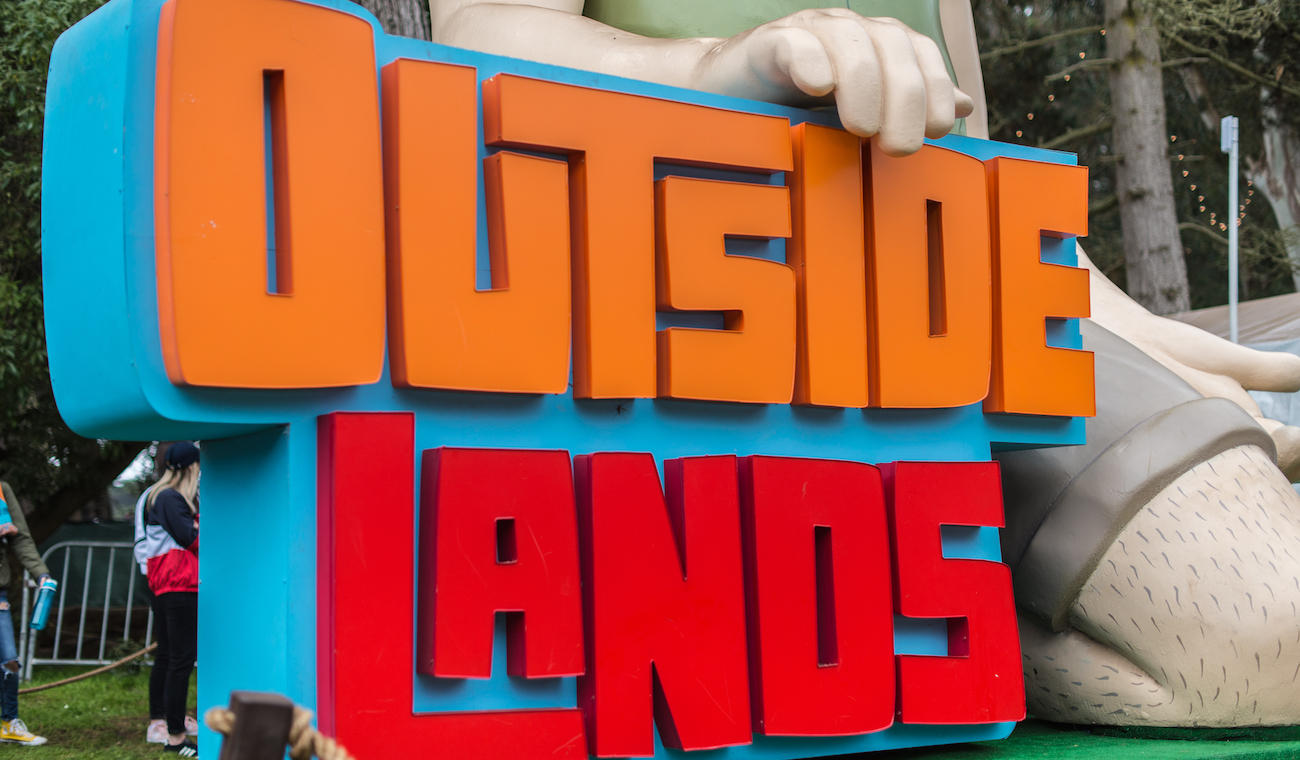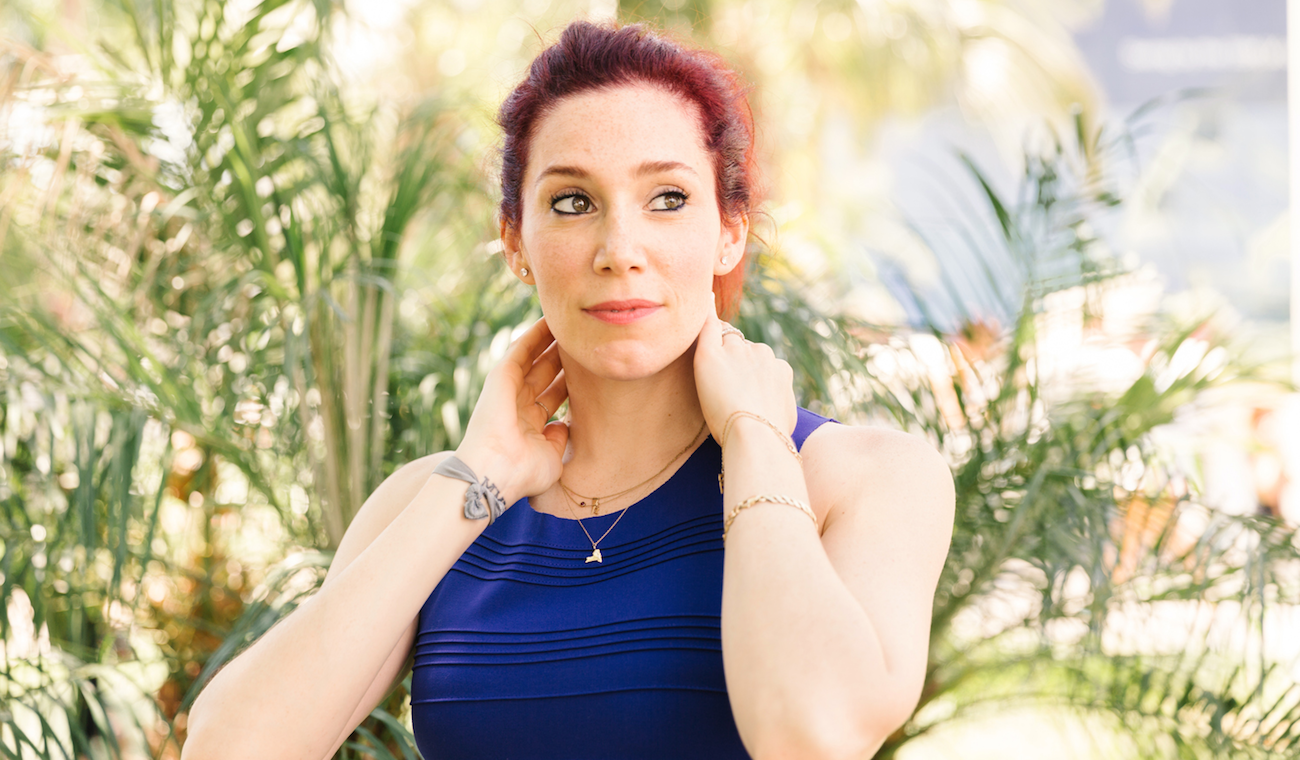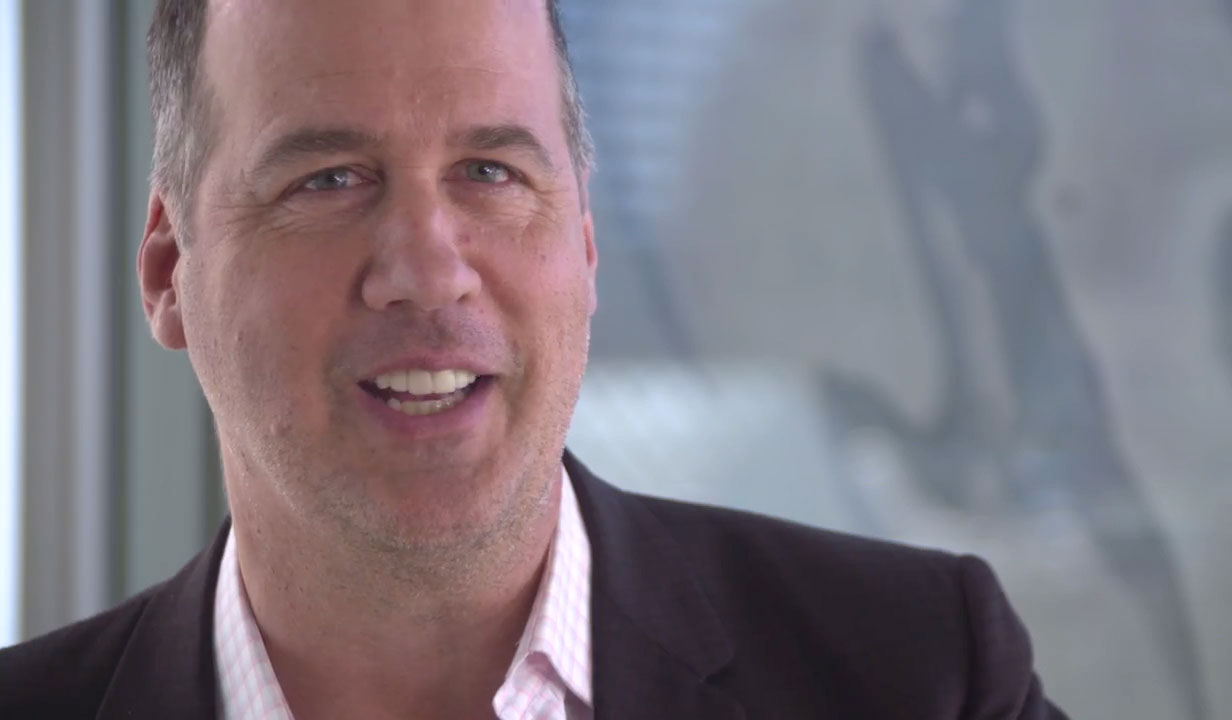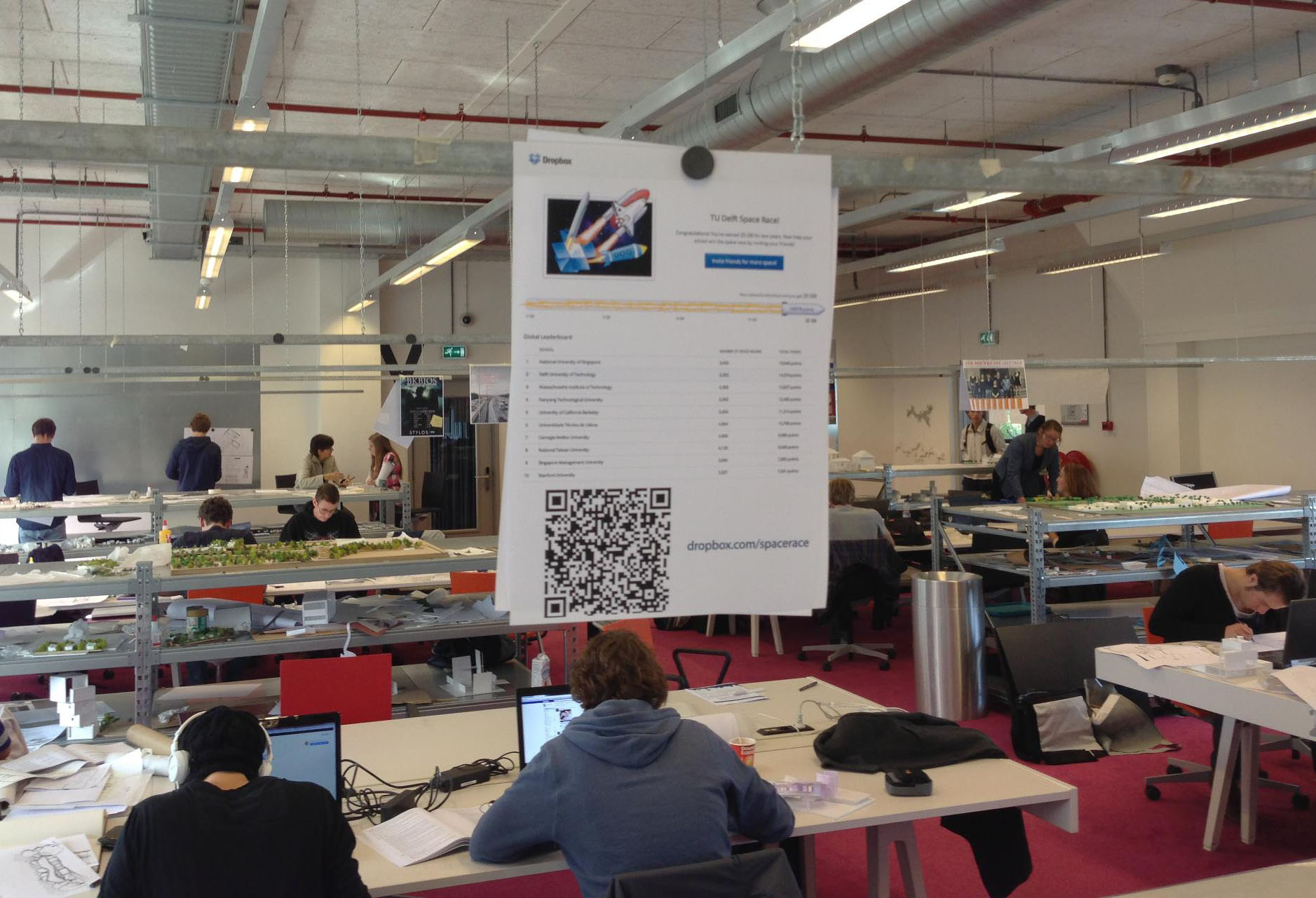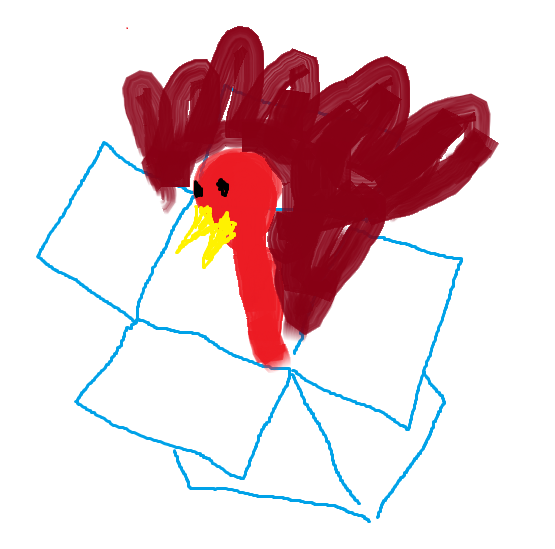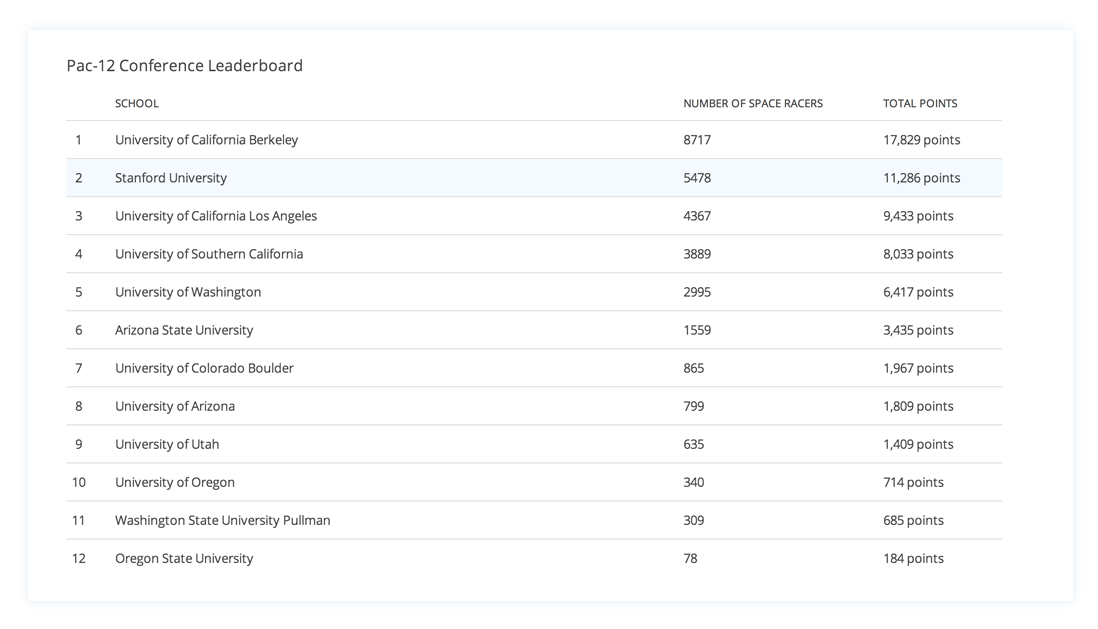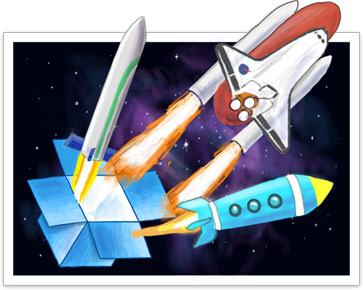
Intro
To do this, we decided to launch a high altitude helium balloon into the stratosphere. Attached were two Android smartphones: one programmed to take periodic photos, and the other to record video of the entire flight. At 100,000 feet above the ground, these photos and videos would capture the curvature of the Earth! In true Dropbox spirit, there’s also an added twist: we wanted the balloon to have Internet the entire flight. With an Internet connection, we’d be able to use Dropbox’s brand new Camera Uploads feature to beam live photos from our balloon back to “mission control.” And it worked! Sort of.Research & Preparation
About two weeks before Hack Week started, we began researching high altitude weather balloons and the legendary shopping list needed to launch one -- from the balloon itself to radar reflectors, parachutes, and oversized helium tanks. Thanks to a few pleading phone calls and lots of overnight shipping (thanks Amazon Prime!), everything arrived in time for Hack Week. Our next challenge was figuring out how to hook our balloon up with Internet. Since standard cell phone 3G fails at high altitudes, we needed to find an alternative Internet source. We first considered using amateur radio. TCP/IP, the communication protocol of the Internet, has been implemented over amateur radio before, but for us to do so would probably require a Hack Year instead of a week. After (very) briefly investigating a 50-mile long Ethernet cord, we settled on WiFi--the very same WiFi you use every day. Researchers have successfully broadcast a WiFi signal several hundred miles, so we were optimistic that we’d be able to shoot for a modest 50 miles. Although we expected our balloon to rise only 15 miles vertically, wind could carry it anywhere from 40 to 100 miles laterally, greatly increasing the needed range of our WiFi connection. We purchased a large parabolic dish along with other long-range WiFi equipment from Ubiquiti Networks.Assembly
Due to the tight power and weight restrictions on our balloon, our WiFi system was pretty complex. On the ground, we tethered a 4G Android smartphone to a laptop as our Internet source. The laptop was then connected to an antenna on our balloon which was connected to an extremely lightweight wireless router. Unfortunately, the wireless router aboard the balloon sported only an Ethernet jack, with no way to connect it to the Android phone. Our solution was to connect yet another small wireless router to rebroadcast a wireless network for the onboard phone to pick up. And because there were no power outlets on the balloon, we cut open the Ethernet cord connecting the two wireless devices and spliced in two battery packs, one for each wireless device.
Launch Day
Early Friday morning, we drove out to our launch site in Vacaville, CA. We chose Vacaville because we wanted a place that wouldn’t carry our balloon into any urban areas or large bodies of water. We arrived in time for sunrise, but spent several hours looking for a clear, flat launch site with strong 4G coverage. Eventually, we were able to set up on a dead end road next to a small hotel. We slowly began assembling the balloon starting with our wireless equipment. After a stressful couple of hours with several mysterious network failures, we secured the cameras and wireless devices in the styrofoam payload container. Next we began to inflate the balloon. Minutes before launch, we discovered that our GPS transmitter was busted. With no other choice, we packed the GPS device into our payload anyway, hoping that the strong signal it’d get from high up would result in successful transmissions. We wrote our names and phone numbers on the sides of the container. If we were lucky, we’d receive a phone call if our balloon was found after a nice, gentle landing (it’s probably best not to imagine what could have happened if we were unlucky :P).
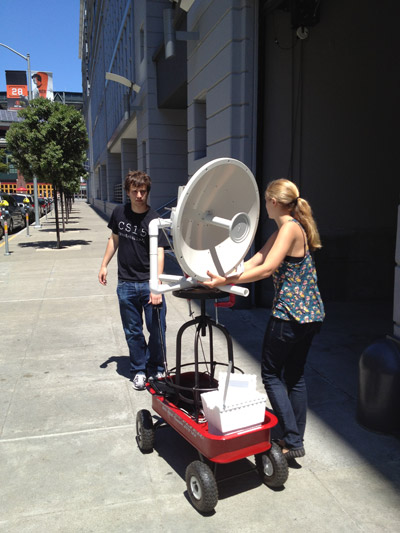
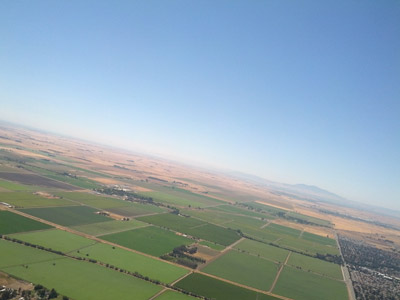
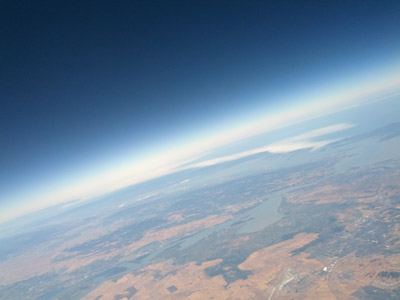
Check out the rest of the photos and videos from our flight!
What we used:- 1200g Kaymont weather balloon: http://www.kaymontballoons.com/Near_Space_Photography.html
- Radar reflector: http://davisnet.com/marine/products/marine_product.asp?pnum=00151
- 6ft Parachute: http://www.the-rocketman.com/recovery.html
- 2 Android Galaxy Nexuses
- Rocket M5: http://www.ubnt.com/airmax#rocketm
- Rocket Dish: http://www.ubnt.com/airmax#dish
- Bullet M5: http://www.ubnt.com/airmax#bulletm
- PicoStation: http://www.ubnt.com/airmax#picostationm
- AA and AAA Lithium Batteries


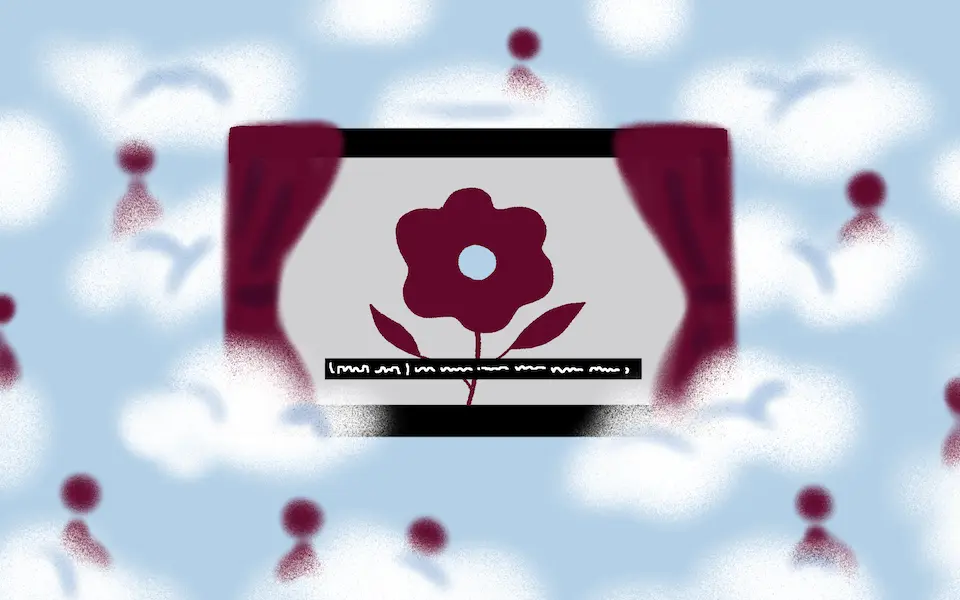
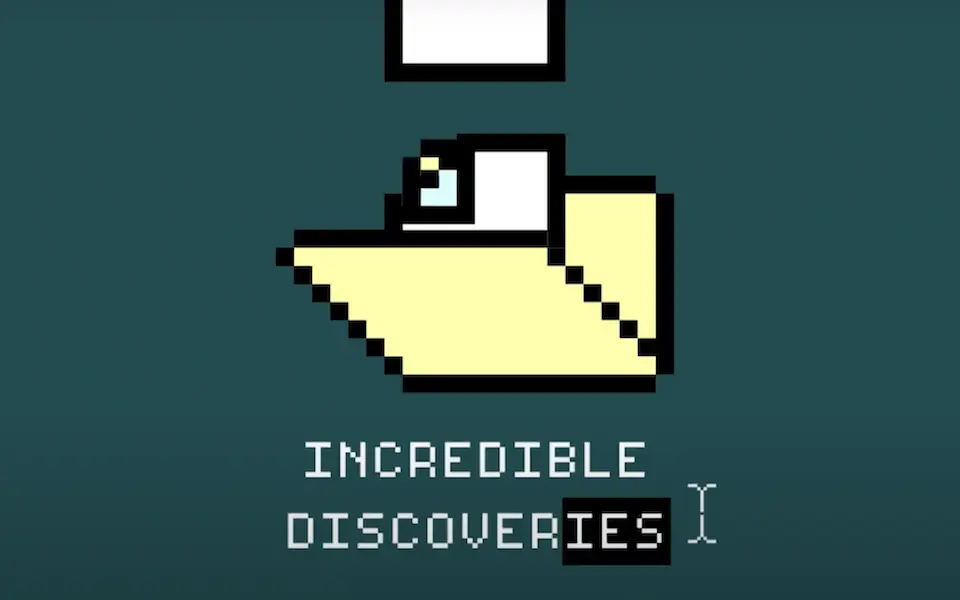
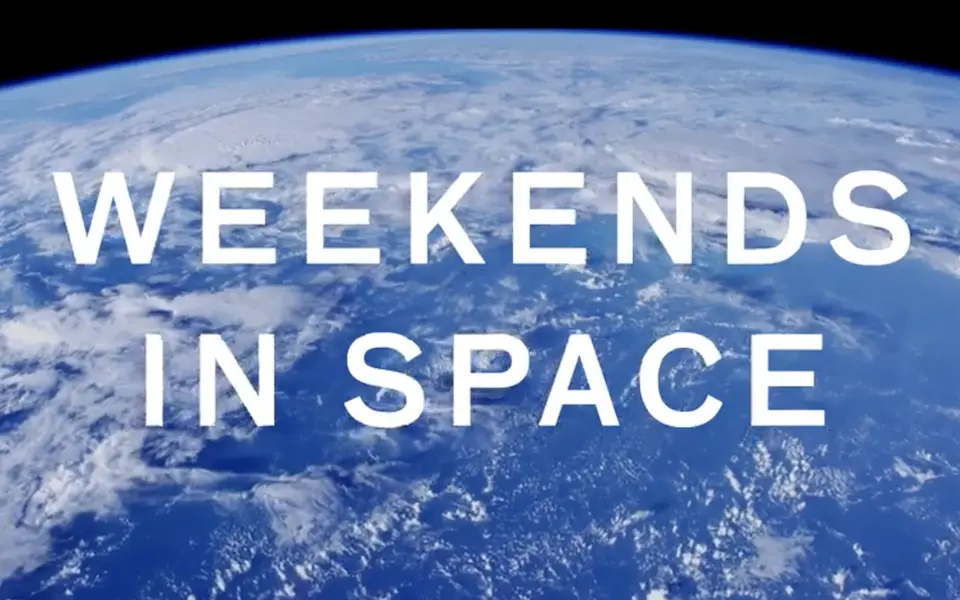
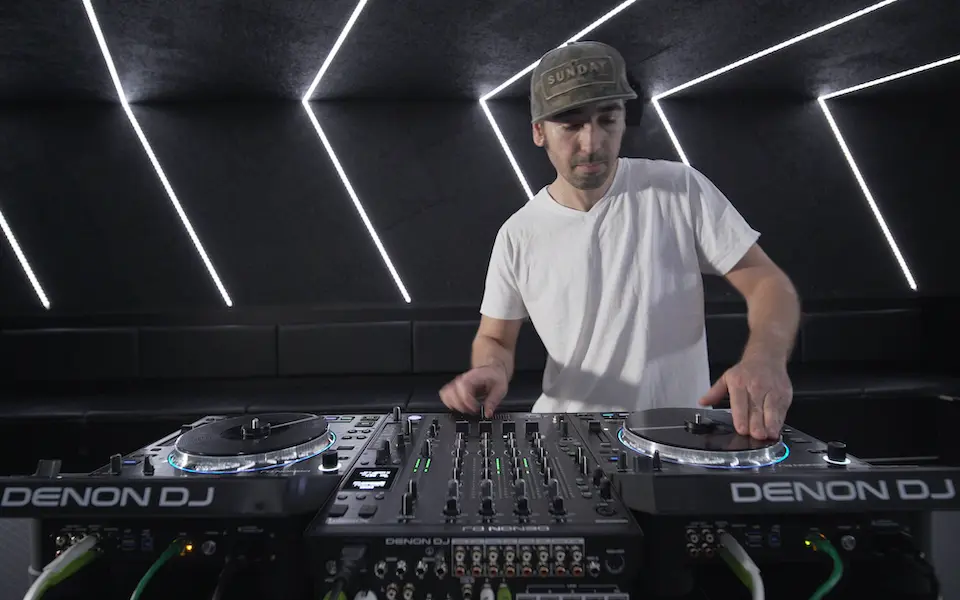
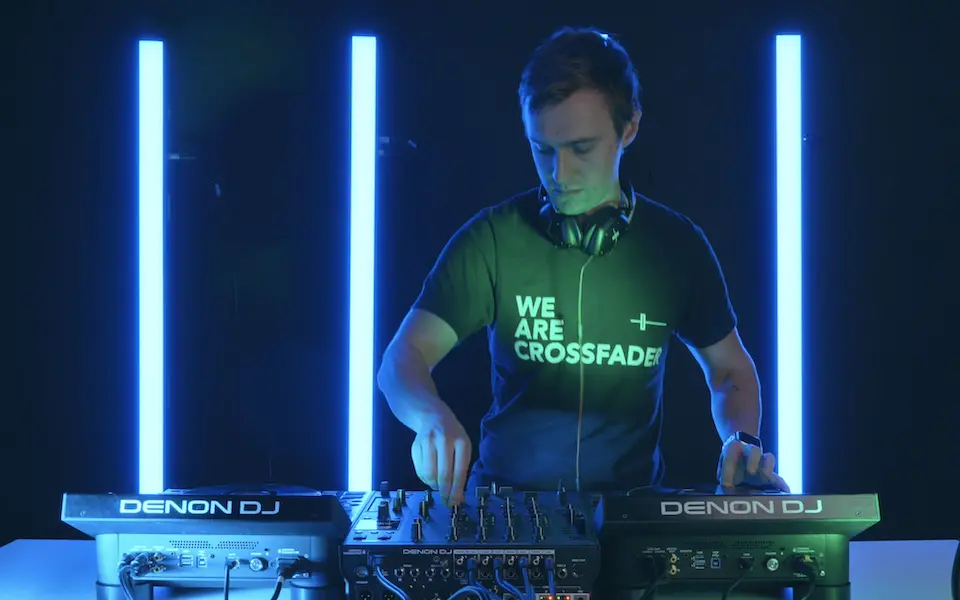









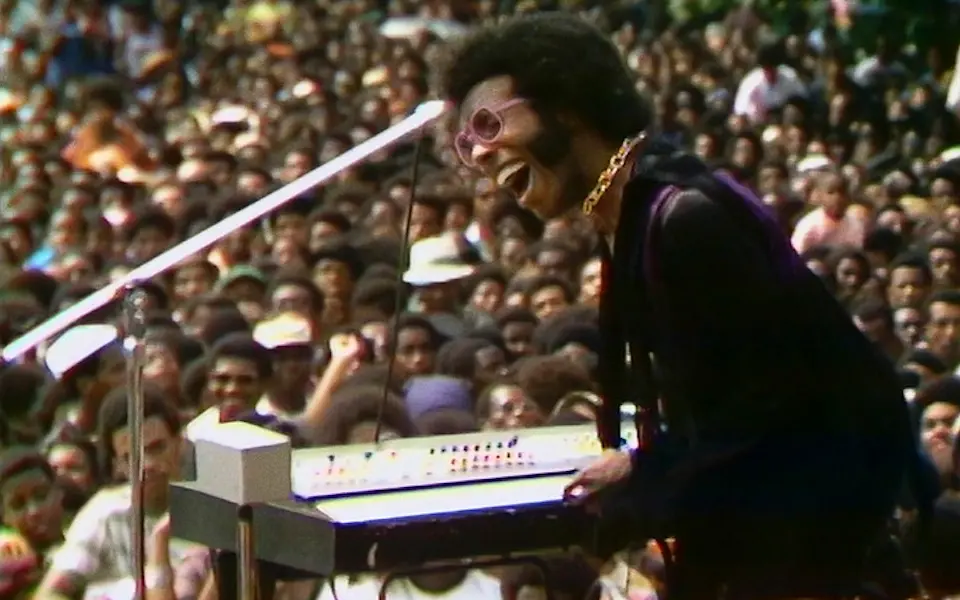
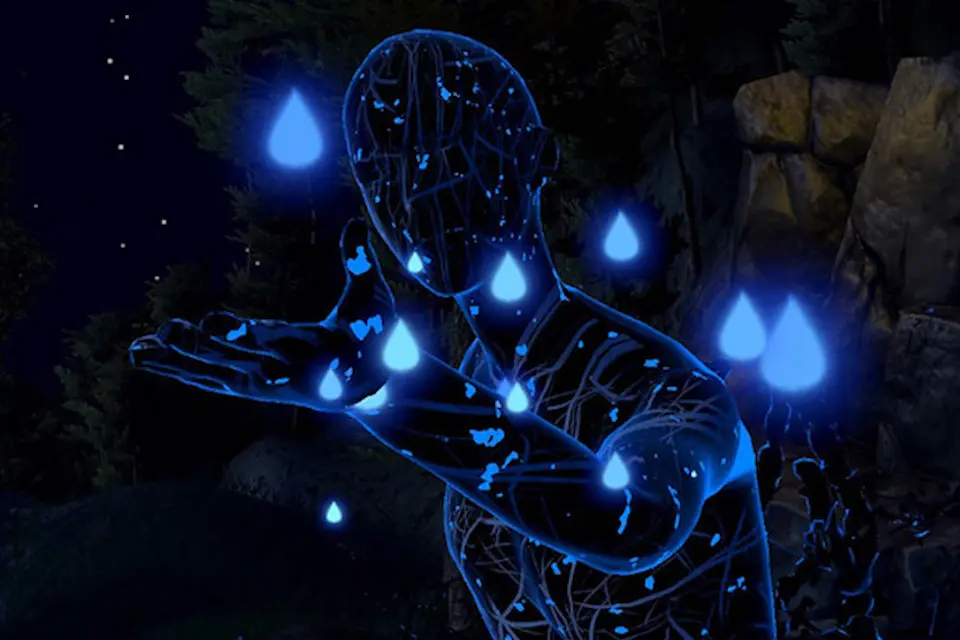
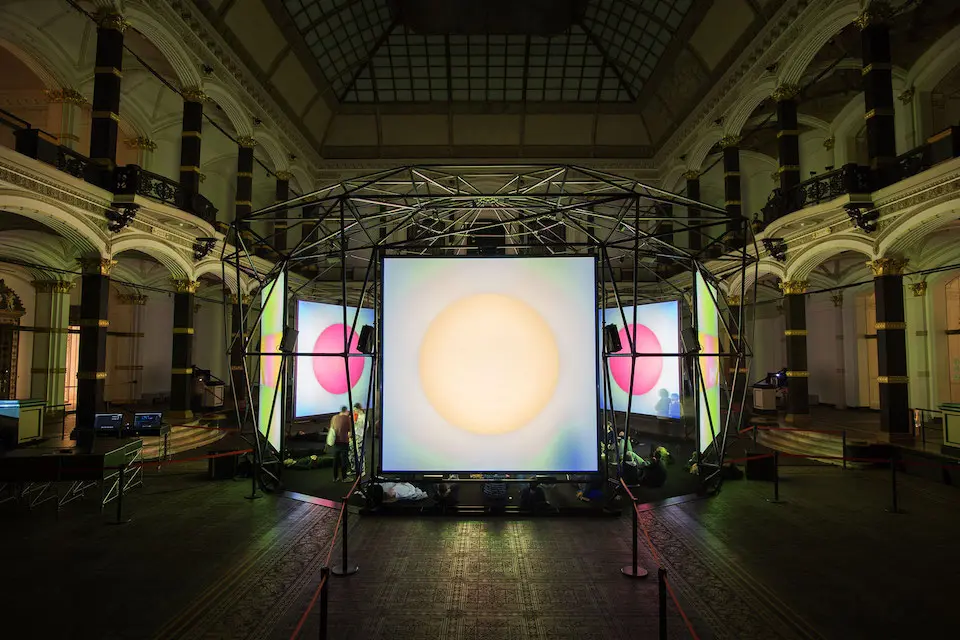


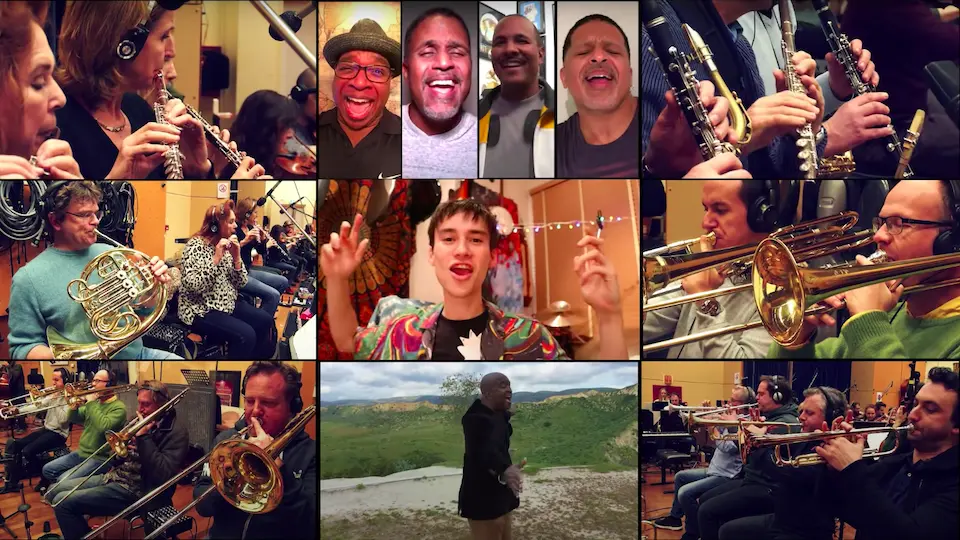




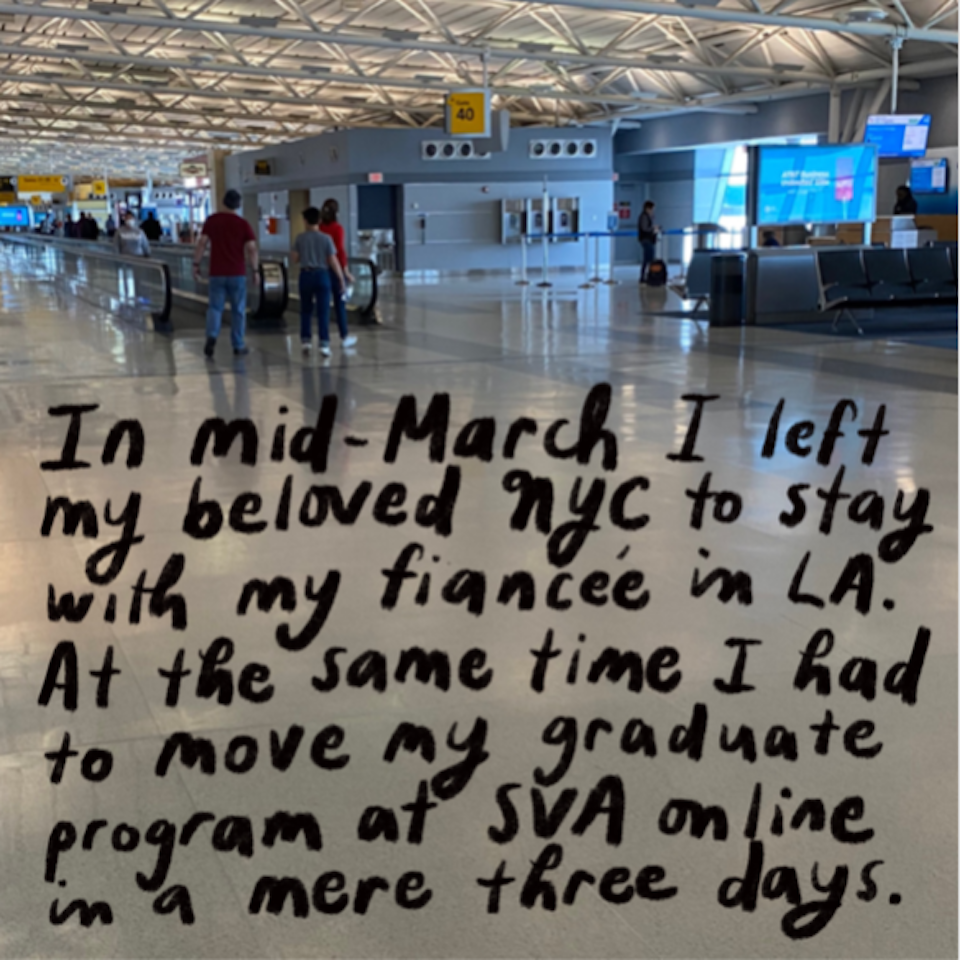
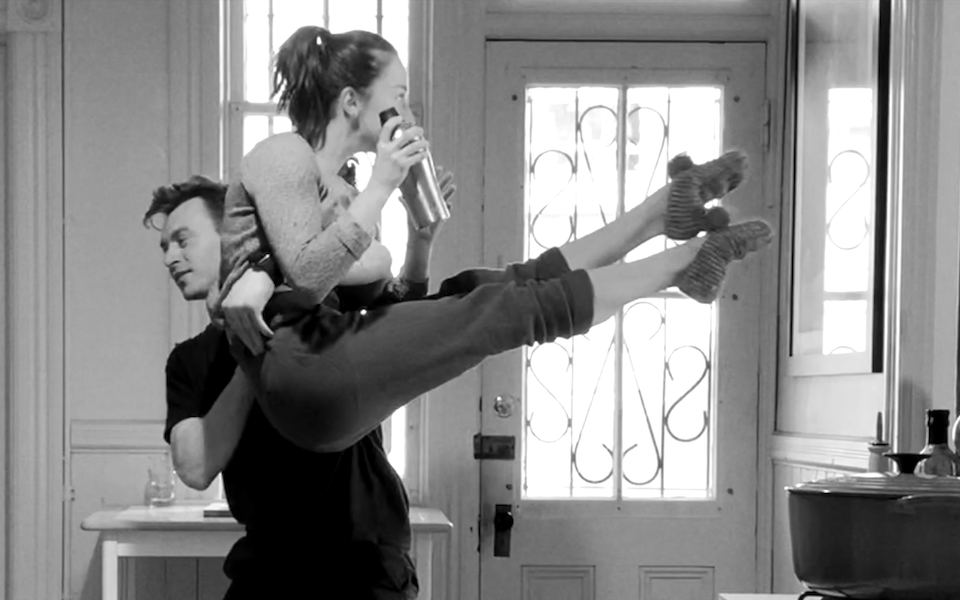
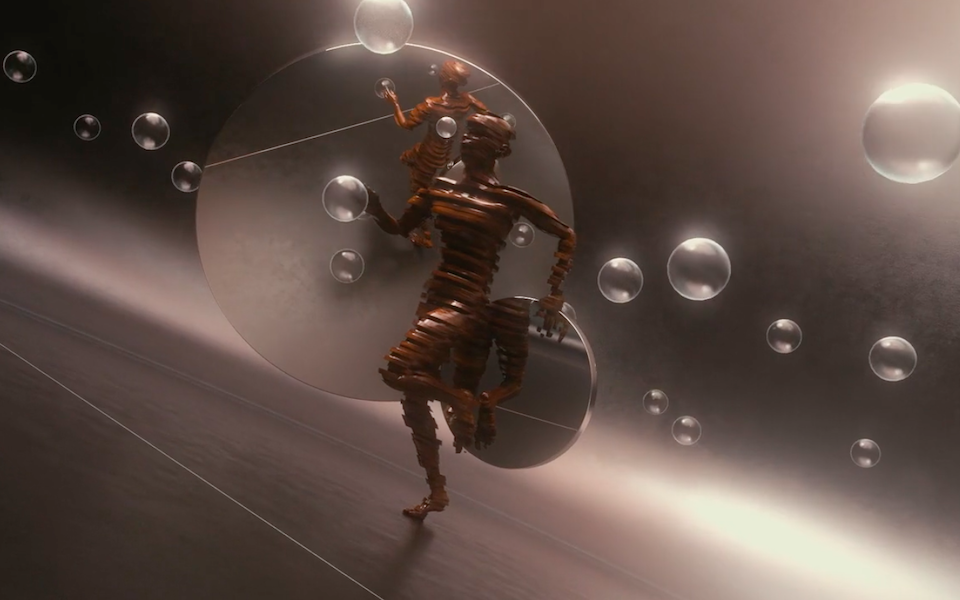











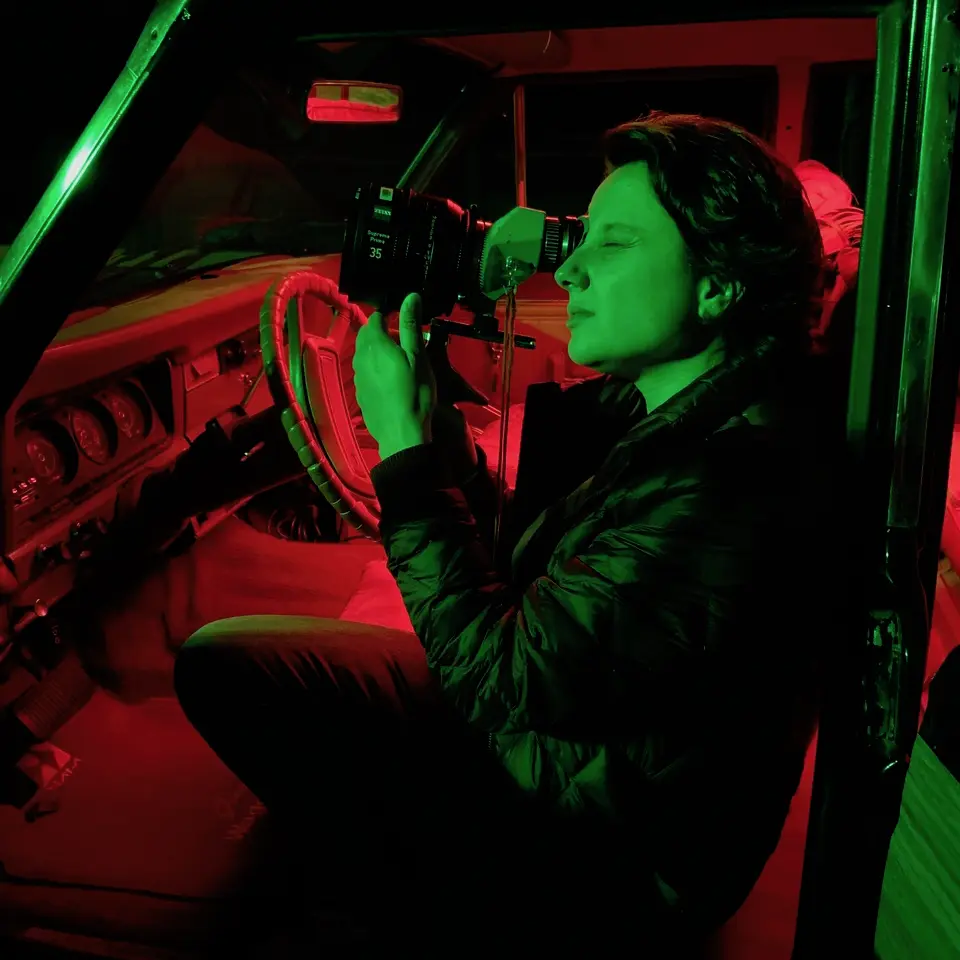


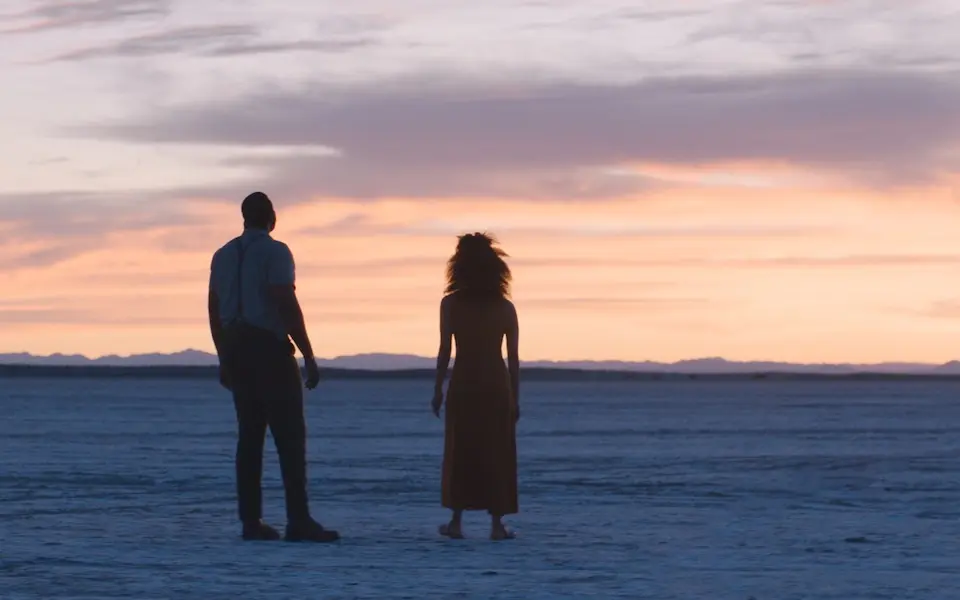











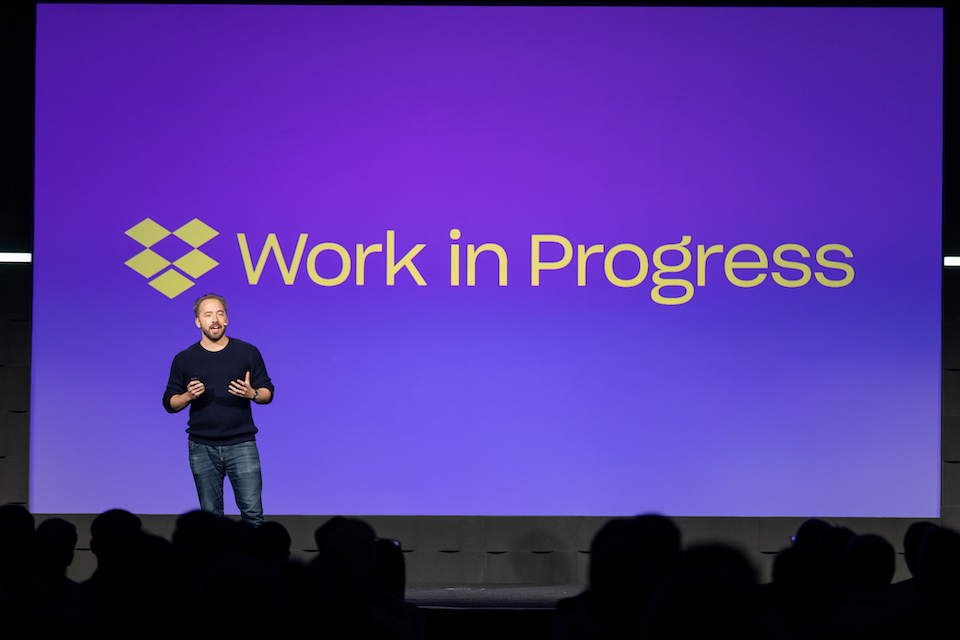





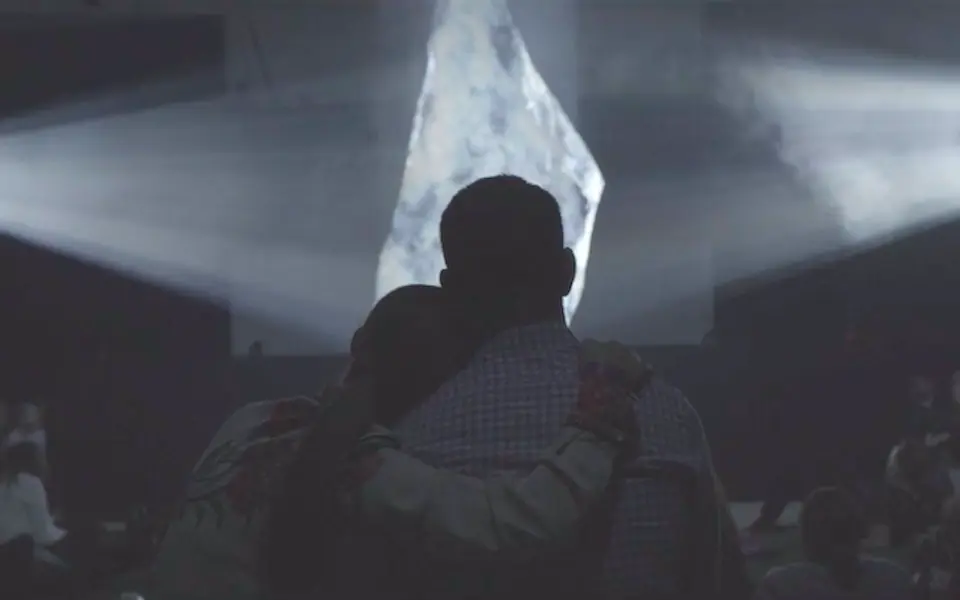
.png/_jcr_content/renditions/Karen%20O%20%2B%20Danger%20Mouse%20(photo%20by%20Eliot%20Lee%20Hazel).webp)









.jpg/_jcr_content/renditions/Extremely%20Wicked%20Shockingly%20Evil%20and%20Vile_Sundance19_Director%20Joe%20Berlinger%20(3).webp)

.jpg/_jcr_content/renditions/Bedlam%2014%20(1).webp)
